China has issued its first national-level guideline to specifically address the need for elderly care in rural areas as the country strives to cope with its rapidly aging population.
The guideline, issued by the Ministry of Civil Affairs and 21 other central and national departments and released on the ministry's website on June 13, put forward a series of measures to bolster care for older adults living in the countryside who are believed to be more vulnerable than their urban peers.
It called for joint participation from the government, villages, nonprofit organizations, companies and financial institutions to support the cause of rural elderly care.
As one of the world's fastest aging countries, China is dealing with a more pressing situation in its rural areas than in cities, a ministry official said.
According to the seventh national population census conducted in 2020, more than 120 million people age 60 and older live in the countryside, accounting for 23.81 percent of the nation's rural population. The figure is about 8 percentage points higher than the proportion of people age 60 and older in urban areas.
Many villages primarily consist of older adults. This is because younger people leave to live and find work elsewhere, while retired migrant workers return to their rural hometowns as they get older.
Compared to their urban peers, older rural residents have lower incomes and therefore are less capable of affording elderly care, the official said.
The Institute of Sociology of the Chinese Academy of Social Sciences, which has conducted research in the rural areas of Jinjiang, Fujian province, noted that people who live alone make up a large proportion of the older rural population.
In addition, the burden of taking care of elderly, disabled spouses in rural areas, as well as the inability to afford such care at nursing facilities, have become "prominent issues", the institute said in a report published by China Society News.
Tackling the problem
To respond to these challenges, the guideline asked relevant authorities to improve the country's three-tiered elderly care network for rural residents, which covers counties, towns and villages.
By 2025, every county should have at least one county-level nursing facility offering care to "people living an especially difficult life", mainly those with disabilities, the guideline said.
"People living an especially difficult life" is a Chinese term that refers to the most vulnerable individuals who need government support, including older residents who can't work, don't have a source of income, and don't have anyone legally obliged to and able to provide for them.
The guideline said it supports these county-level nursing facilities in setting up special wards for the disabled or those with cognitive impairments, and encouraged them to increase the number of nursing beds.
At the township level, it called for transforming nursing facilities for the underprivileged elderly into "regional elderly care service centers" that provide a series of services, including day care and at-home care.
At the village level, the guideline said villages should set up more facilities such as "mutual support stations for neighbors" and "happiness homes".
These facilities are usually ones where services such as meals, day care, recreational activities and house calls are provided to older residents. Villagers and volunteers often join in providing the services.
The guideline also encouraged local associations that cater to seniors to help run errands for older villagers, take them to hospitals and pay home visits to check up on them.
Lu Jiehua, a professor at the Department of Sociology of Peking University, said the guideline is a "milestone" in terms of dealing with "the widening gap" of elderly care in rural and urban areas, and has set out clear and practical tasks for counties, towns and villages.
Yet, regions may need to take into account their own conditions and take different approaches to meet their goals, he said, adding that market forces must be considered.
Lu said he believes the country's elderly care for rural residents requires efforts from both the government and market entities to achieve sustainable development.
The government provides funds for the basic needs of those who are eligible to receive its support, but such funds may not cover elderly care services, he said.
Role of villages
Liu Nina, an associate professor at North China Electric Power University, said one of the highlights of the guideline is its recommendation of village-based entities such as mutual-support stations and happiness homes.
Many regions in the country have implemented this form of elderly care, which has been promoted in other policy documents, including the No 1 Central Document for 2021.
According to media reports, more than 1,000 "rural mutual support elderly care stations" have been established in Jiangsu province, and Shandong province has set up more than 13,000 happiness homes in villages.
The government focuses on guaranteeing basic services are provided, while the private sector may lack the motivation to offer more diversified services to rural residents, who have relatively low purchasing power, Liu said, adding that this is where villages must do their part.
Village-based services require joint funding from villages, governments and other entities, such as nonprofit organizations, to ensure their affordability and sustainability, according to Liu, who has researched mutual support care for older people.
These services have proved to be a less costly way to satisfy the needs of older adults in rural areas, many of whom tend to live at home instead of moving into nursing facilities, Liu said.
Wu Yushao, deputy director of the Fudan Institute on Aging, said the nation's rural population has received less attention, as the country has focused more of its resources on assisting elderly people in urban areas.
Elderly care in rural areas had only been touched upon in previous policy documents, which aimed to address other issues. Thus, it's significant that China has released a special document to expound on its plan to handle the problem, Wu said.
Besides the government's policies, villages should also rely on the culture of care rooted in villagers to help seniors, Wu said.
There is a close bond among households in a Chinese village, where people tend to look out for one another, Wu said, suggesting that people who are physically capable, including "left-behind" women and healthy older villagers, can help provide care for those who need it.
"These people can form a strong force if they are organized," Wu said.












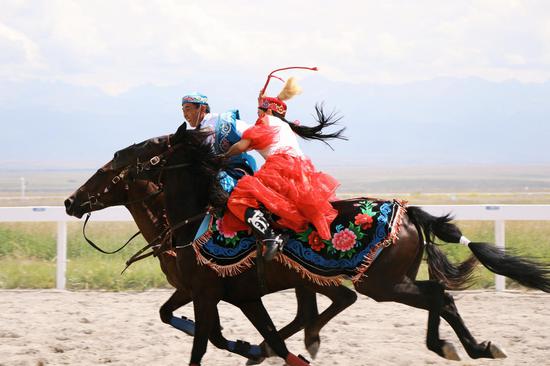


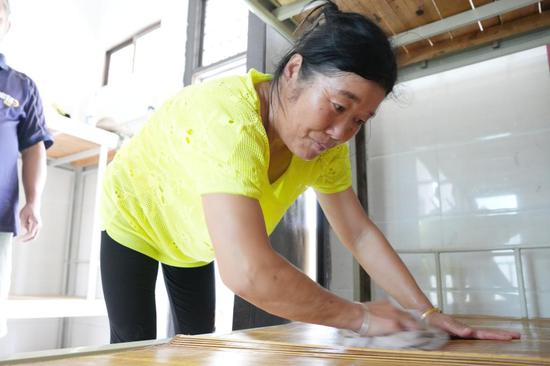













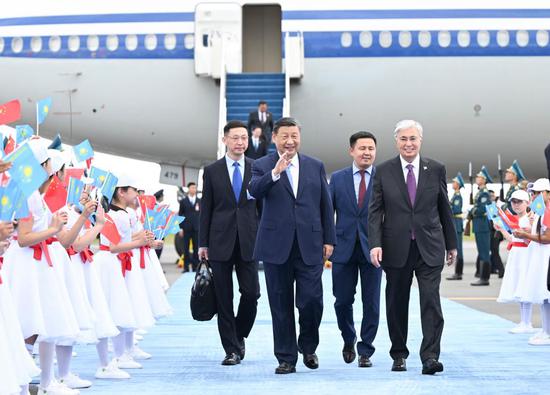











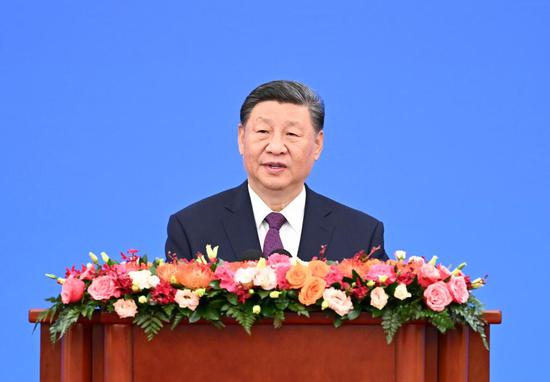

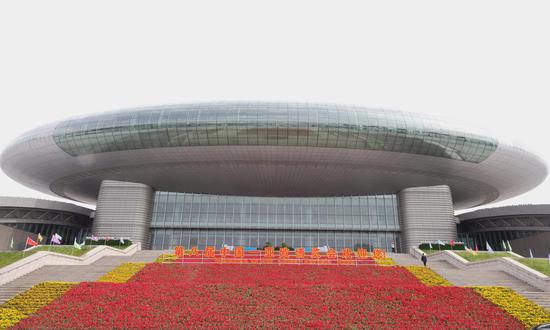






 京公網安備 11010202009201號
京公網安備 11010202009201號